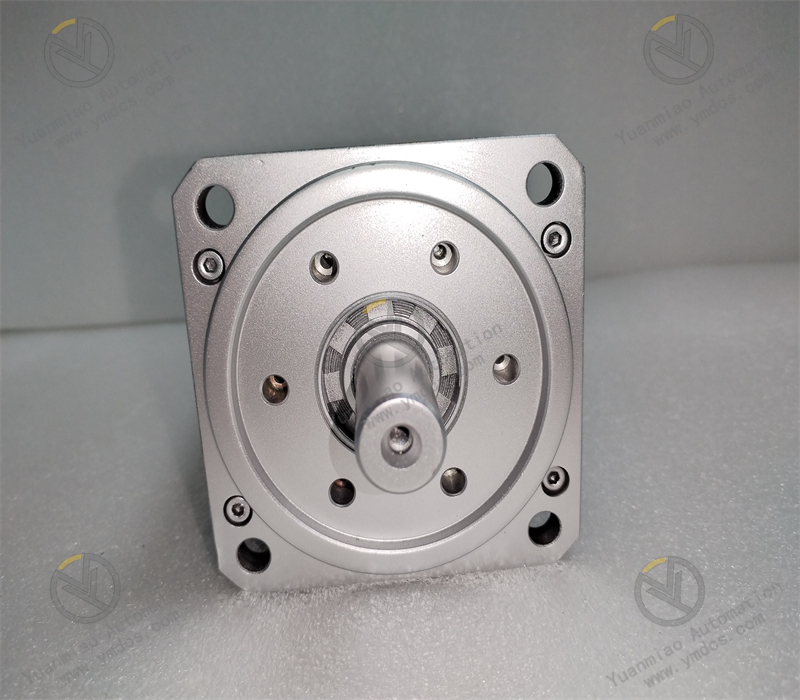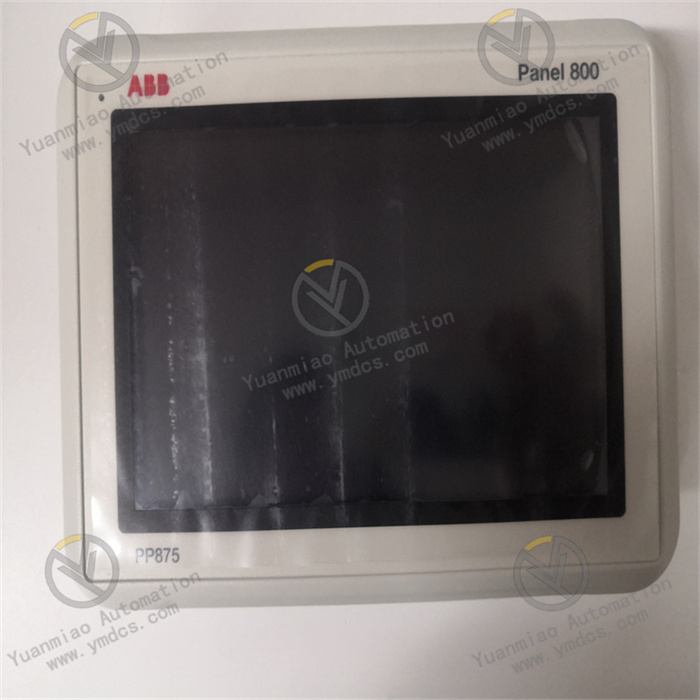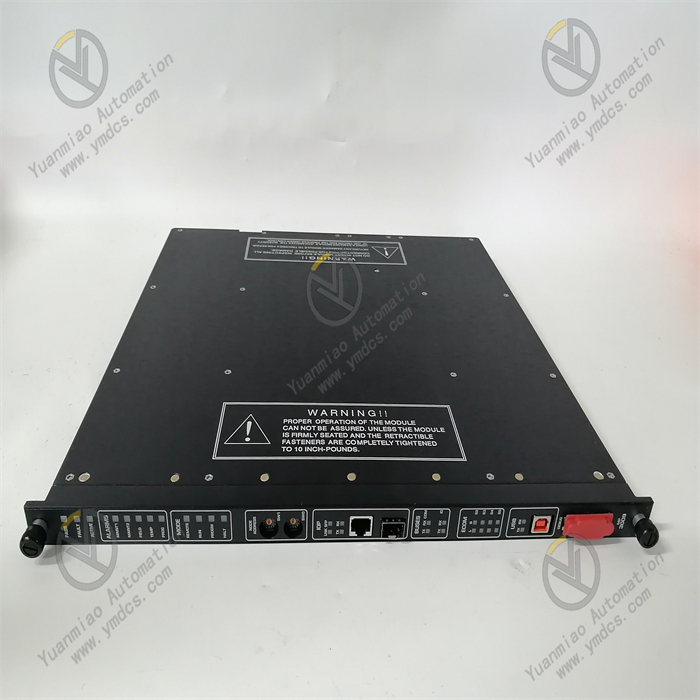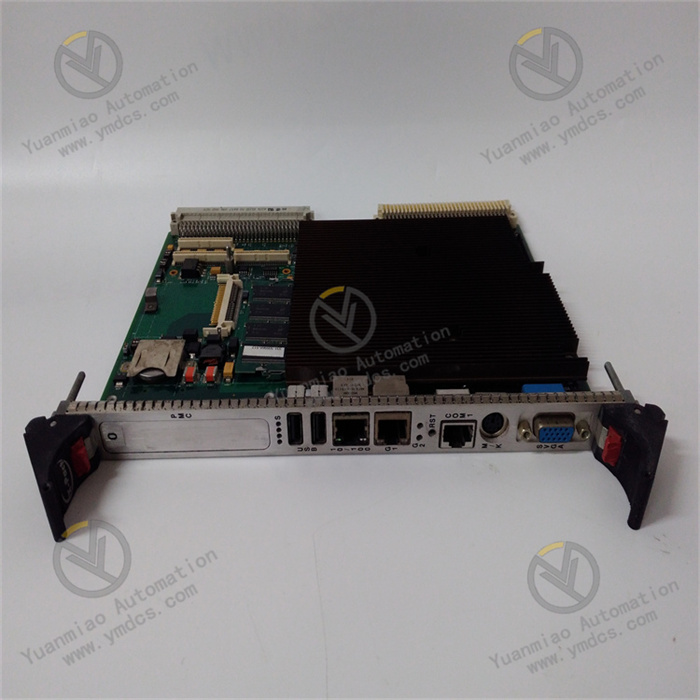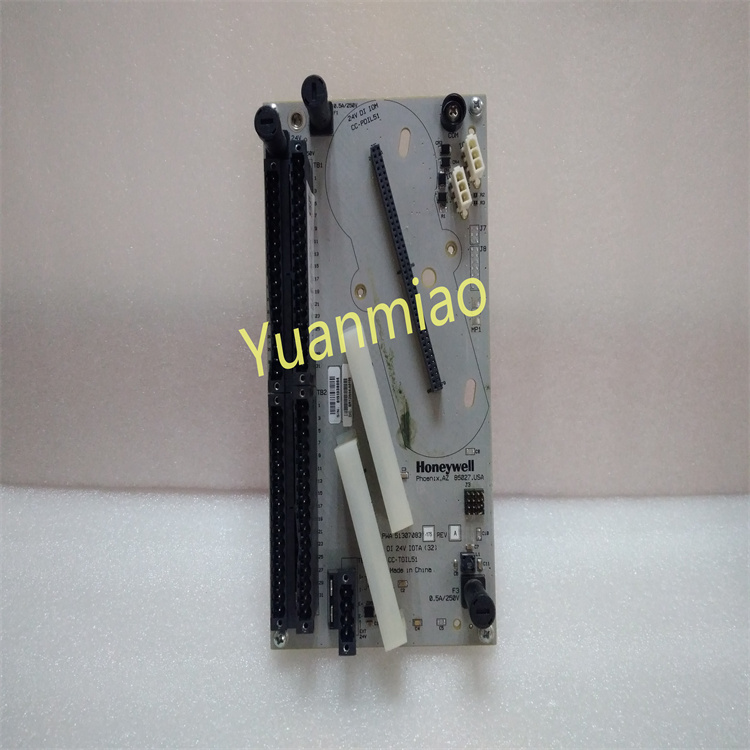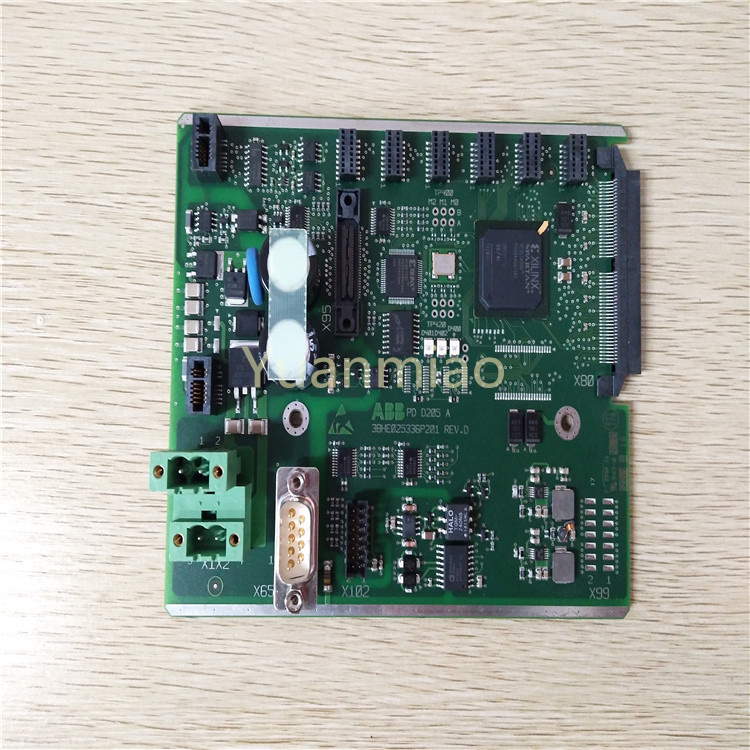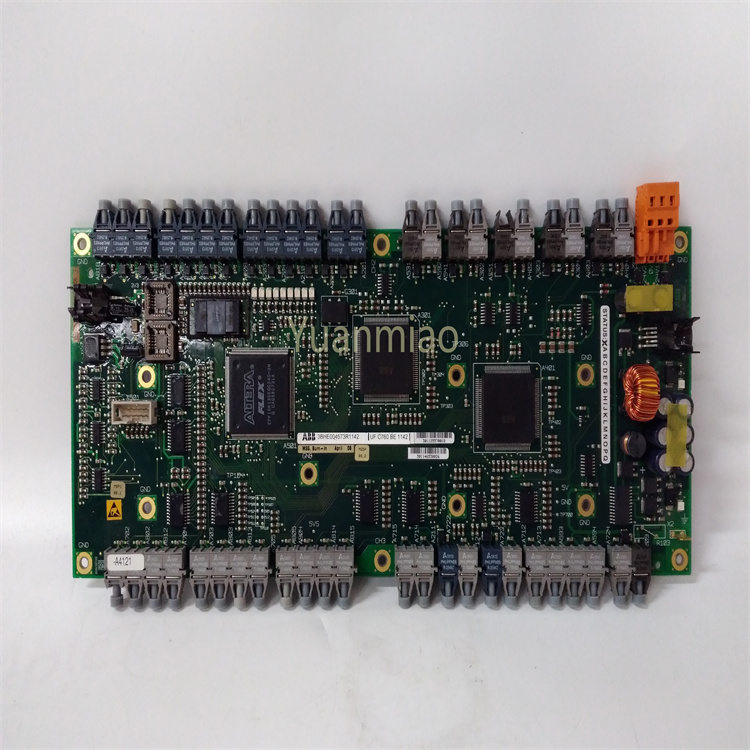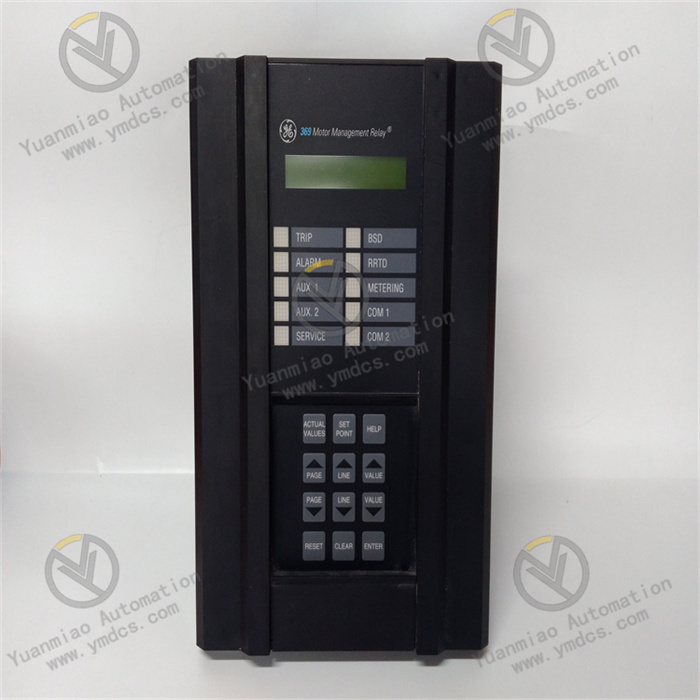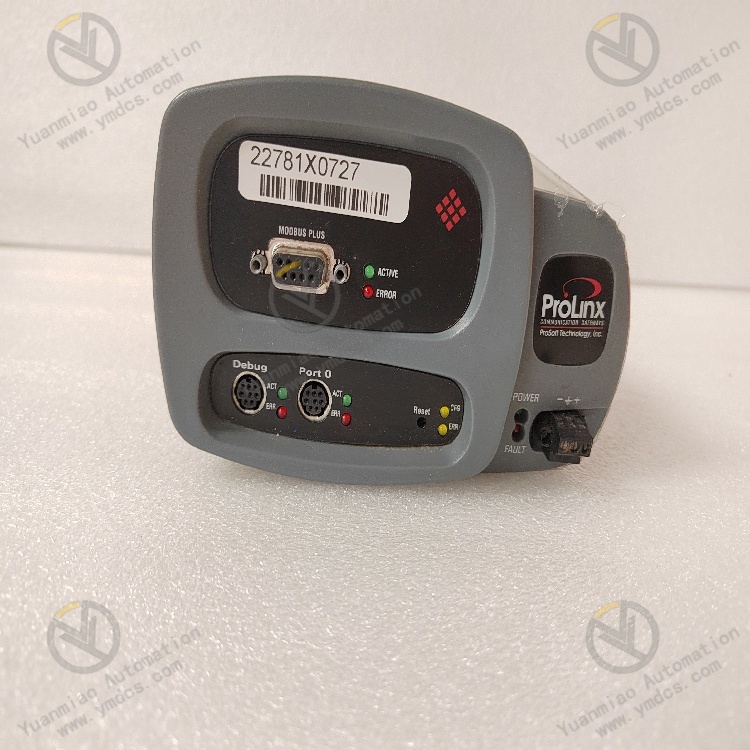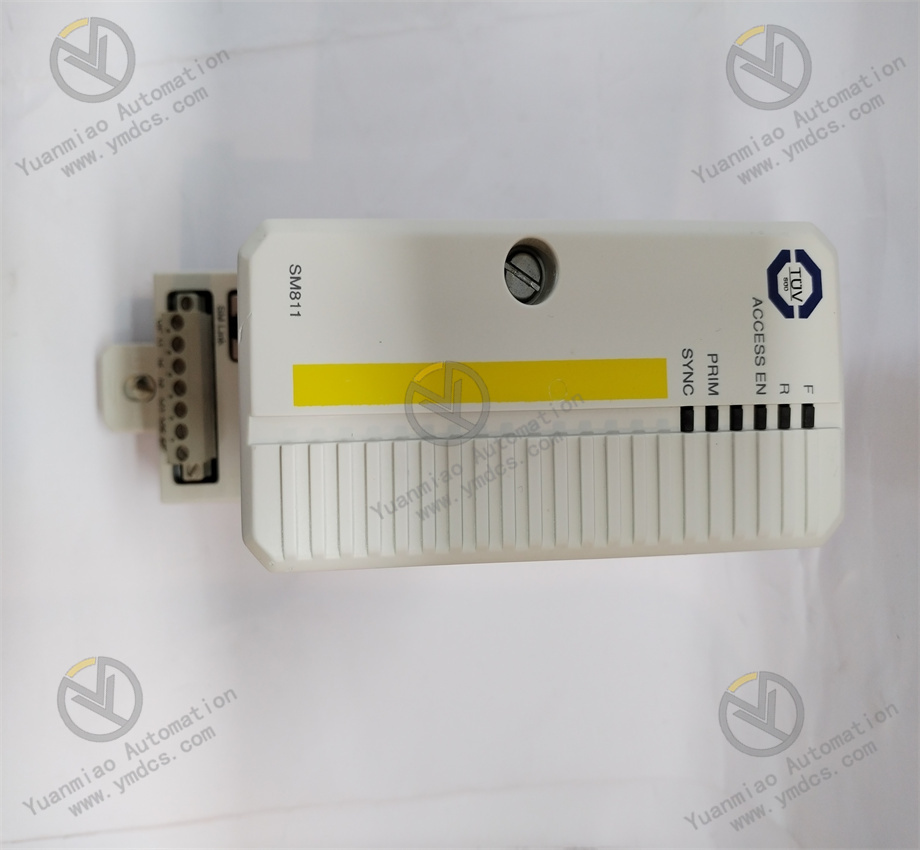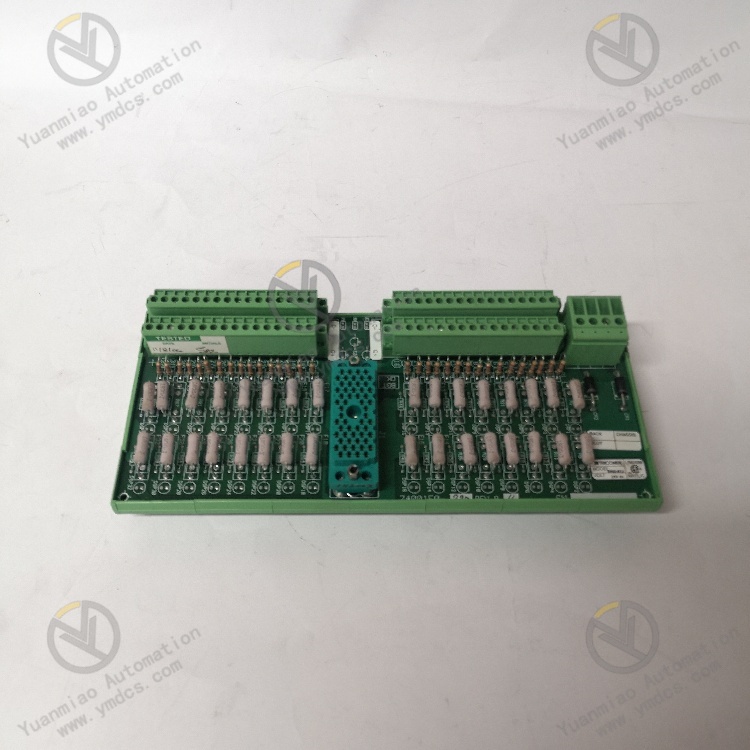Description
The B&R 8LSA35.E2060D000-0 is a servo motor commonly used in industrial automation and mechanical motion control systems.
Functional Purpose
It is primarily used to provide precise position, speed, and torque control for industrial mechanical systems. Often used in conjunction with servo drives and controllers, it achieves high-performance motion control for mechanical equipment, meeting the high-precision requirements of motion control in scenarios such as precision machining and automated production lines.
Features
- High-Precision Control: Equipped with advanced magnetic encoders and control algorithms, it enables precise control of position, speed, and torque, ensuring high-precision position control and motion control capabilities to meet the demands of precision machining and positioning.
- High Dynamic Performance: Features high torque density and fast response speed, capable of quickly reacting to changes in control signals. Suitable for applications requiring frequent start-stop and rapid speed changes.
- Strong Reliability: Designed with an efficient heat dissipation system and durable structure, it typically includes safety functions such as overload protection and overheat protection. It can operate stably for long periods in harsh industrial environments, ensuring the safety of operators and equipment.
- Flexible Communication: May be equipped with multiple communication interfaces such as Ethernet and CAN bus, facilitating communication and data exchange with other devices or control systems, and enabling easy integration into various industrial automation systems.
- Convenient Programming: B&R typically provides professional programming software and tools, allowing users to write, debug, and optimize control programs as needed, offering high programming flexibility.
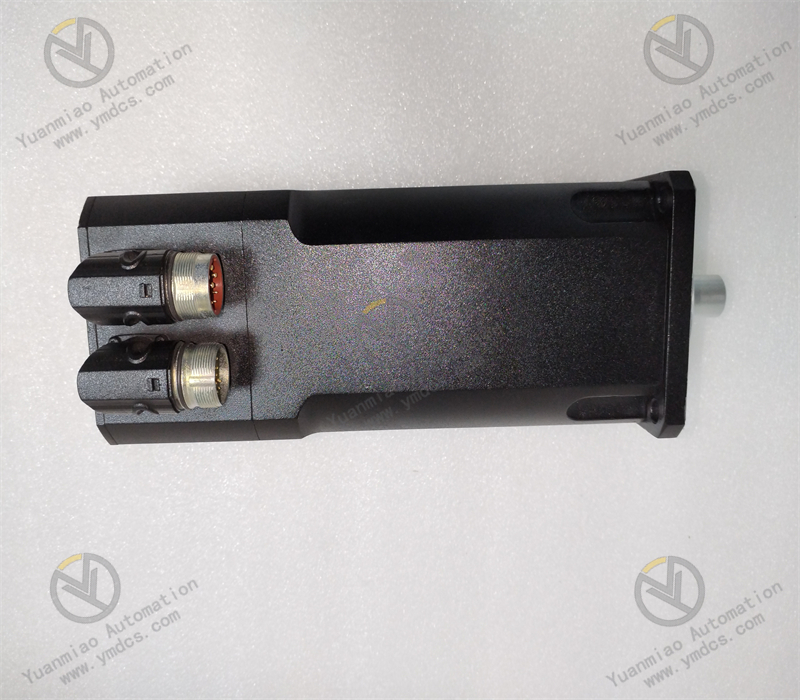
Technical Parameters
- Rated Speed: 6000 rpm.
- Motor Size: Belongs to the 35 frame size specification.
- Encoder Type: Usually equipped with advanced magnetic encoders to achieve high-precision position and speed feedback for precise control requirements.
- Protection Rating: May reach protection ratings such as IP55/56/65, adapting to different industrial environmental conditions and preventing dust intrusion and water spray.
- Rated Voltage: Generally around 200–600V, subject to the specific model and application scenario.
- Rated Power: This series of motors has different power ratings; it is estimated that this model has a power of approximately 2kW, but the exact value should refer to the product manual.
- Rated Torque: The output rated torque generally ranges from 2–200N·m, with specific values related to the motor’s design and application.
- Shaft Specifications: The shaft diameter and other dimensions may be approximately 30mm, but the actual dimensions are subject to the physical product.
- Operating Environment: The operating temperature can generally reach around 80°C, and the operating altitude may be below 4000m, capable of working in environments with certain humidity.
Operation Guide
Installation and Connection
- Mechanical Installation: Select an appropriate installation location to ensure the installation surface is flat and stable. According to the motor’s installation dimensions, use suitable bolts or fixtures to firmly mount the motor on the mechanical equipment. Also, consider the heat dissipation requirements during motor operation and avoid installing it in poorly ventilated areas.
- Electrical Connection: Connect the power cable and encoder cable of the servo motor to the corresponding servo drive. Ensure correct and secure wiring, follow electrical safety standards, and prevent issues such as short circuits or poor contact. Note that the power cable specifications must meet the motor’s power requirements, and the encoder cable should avoid electromagnetic interference.
Parameter Setting
- Drive Parameters: Through the servo drive’s operation interface or related configuration software, set parameters matching the motor, such as motor type, rated voltage, rated current, and number of pole pairs. These parameters can usually be found on the motor’s nameplate or technical manual.
- Control Parameters: Set the control parameters for the position loop, speed loop, and current loop according to specific application requirements to optimize the motor’s motion control performance. For example, adjust the proportional gain and integral time of the position loop to achieve fast and accurate position positioning; adjust the speed loop parameters to control the smoothness of the motor’s operating speed.
- Protection Parameters: Set parameters such as overcurrent protection, overvoltage protection, and overheat protection to ensure the motor operates within a safe range. When abnormal conditions occur in the motor, these protection mechanisms can be triggered in a timely manner to avoid damage to the motor and equipment.

Trial Operation and Debugging
- Manual Operation: After completing the parameter settings, perform manual operation tests first. Send manual control commands (such as jog, forward/reverse rotation, speed setting) through the drive’s operation interface or host computer software, observe the motor’s operation, and check whether the rotation direction and speed meet expectations, as well as any abnormal noise or vibration.
- Automatic Operation Test: If the application scenario involves automatic operation mode, write corresponding control programs or use preset motion trajectories to test the motor’s operation according to the set 流程 (process). During automatic operation, monitor the motor’s operating status, including changes in parameters such as position, speed, and current, to ensure the motor can accurately perform tasks.
- Performance Optimization: Based on issues found during the trial operation (such as insufficient positioning accuracy or large speed fluctuations), further adjust the control parameters to optimize the motor’s performance. This may require repeated testing and adjustment to achieve the best control results.
Daily Maintenance
- Regular Inspection: Regularly inspect the motor’s appearance for dust, oil, or other contaminants. If necessary, clean it with a clean cloth. At the same time, check whether the motor’s installation bolts are loose and whether the connection cables are damaged or aged.
- Temperature Monitoring: Pay attention to the motor’s temperature during operation and avoid prolonged operation in high-temperature environments. If the motor is found to be overheated, promptly check the heat dissipation conditions, load status, and whether the cooling system is working properly.
- Lubrication Maintenance: For servo motors with bearings, perform regular lubrication maintenance according to the manufacturer’s recommendations to extend the bearing’s service life and reduce operating noise and friction loss.
- Encoder Maintenance: The encoder is a critical component ensuring the motor’s position and speed accuracy. Keep the encoder clean and avoid impacts or vibrations. If encoder failure or reduced accuracy is detected, repair or replace it promptly.


